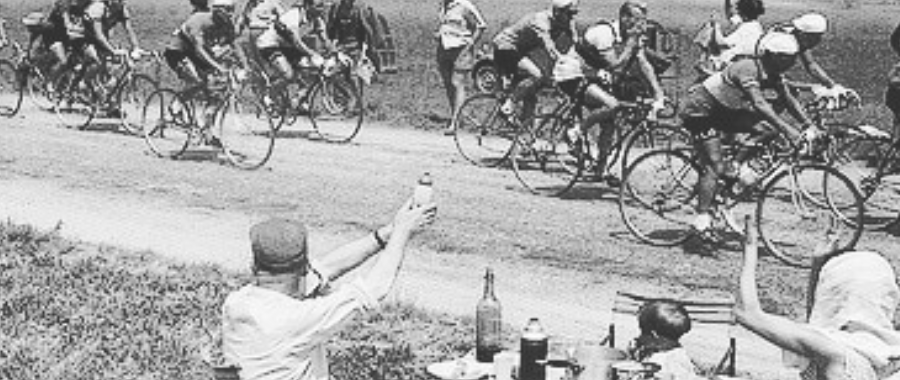You like to scrol down your social media feed full with black&white images of rosd cycling races. You like to hear or read about the crazy stories happened with cyclists during the early days of this sport? Cool!
But road cycling history is so much than just this.
When you really start digging into the history of road cycling, you begin to realize it’s so much more than just a sport. Sure, there are races, winners, and legendary performances—but beneath all that, cycling tells a bigger story. It becomes a lens through which you can see how people test their limits, not just physically, but emotionally and mentally. It’s about persistence, struggle, and the kind of quiet determination that doesn’t always make the headlines. The long solo breakaways, the brutal mountain climbs, the heartbreak of finishing second by half a wheel—these moments aren’t just about athletic ability. They’re about character.
What’s fascinating is how road cycling has always been a mirror of its time. The evolution of the sport reflects changing values, shifting cultural norms, and even political climates. In the early 20th century, for example, cycling was a working-class pursuit—a way out for young men with nothing to lose and everything to prove. During times of war and social upheaval, cycling continued, often becoming a symbol of resilience. Riders weren’t just athletes—they were symbols of hope, defiance, or national pride.
Cycling also has this unique ability to connect with people on a very personal level. There’s something relatable about the effort, the suffering, and the solitary focus required in a long race. Unlike team sports where the action is constant and communal, cycling often emphasizes the individual’s battle—with the terrain, the weather, the clock, and their own limitations. Even when part of a team, every rider has to face moments of deep internal conflict: Do I push harder? Can I hold on? Should I go for it now, or wait?
And then there’s the bike itself—simple, quiet, efficient. It’s a tool, but it’s also a symbol. For some, it’s a ticket to freedom, a way to escape, to explore. For others, it’s a way to compete, to test themselves, or to feel alive. Throughout history, the bicycle has carried people not just across landscapes, but through life stages, through struggle, through joy.
So when you explore the history of road cycling, you’re not just looking at sports history. You’re uncovering stories of transformation, grit, and meaning. You come to see cycling not only as something people do, but as something deeply tied to how they live, change, and endure.
